Green Protection
By Edit Team | July 23, 2011 4:50 am SHARE
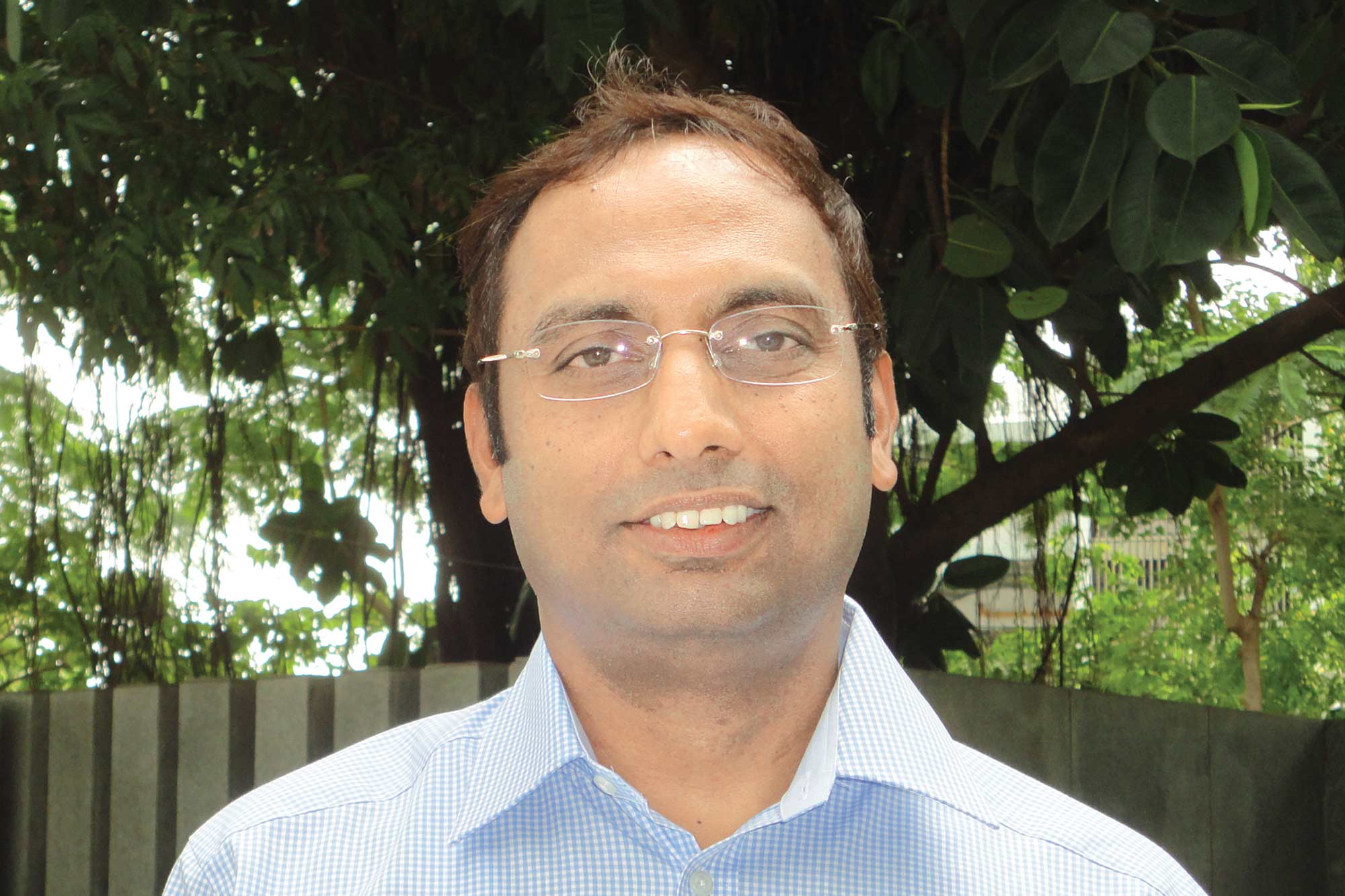
Right from promoting water based solutions to giving inputs to the manufacturing sector about the importance of low VOC products, Amrendra Mishra, Managing Director at Remmers India offers key insights to enhance structures. Excerpt from his interview with Relin Hedly
With 450 product systems and 60 years of experience in hand, you ventured into the Indian market in 2008. What encourages you and how has the experience been so far?
The encouragement comes from the upward trend within the infrastructure sector. When we established ourselves in India, in September 2008, it was quite unfortunate for us as the recession period was on; however to look at the positive side; the infrastructure industry saw an upswing, that was an encouraging and motivating factor for Remmers India to look forward.
As far as experience is concerned, it has been good. The perspective of the customers is changing because not only private but government agencies are now open to new products, technologies and ideas. According to me, that was the main reason we were able to get the Bandra-Worli Sea link project because customers like MSRDC were open to the idea of using water based products. The trend to use water based or low VOC solutions which we also call green building conforming products is catching up. Awareness about water based products is increasing and gradually people are moving towards it.
What are the different industry verticals you cater to?
We are basically catering to the infrastructure industry with our facade protection products for roads and bridges, Silicone-based decorative and protective paints and coatings in the residential segment, commercial buildings and real estate sector. Further we need to diversify to lots of other industries mainly with our waterproofing and epoxy coating products in the pharmaceutical industry, food processing, automotive, diary production units, etc.
What is the total market size and could you tell us about your market share?
The Indian construction chemicals industry is around Rs.2,500 crore and is growing at a rate of approx. 15-20 per cent annually. For us, it’s a very tough question because we have 450 different products catering to lots of markets. It is not an easy task though. If you ask me to quantify, I would say that in the last 3 years since our inception, our performance and growth graph has gone up in a substantial manner. As far as the market share is concerned, we have managed to create a niche for ourselves in this industry, although it will be very difficult to quote the market share statistics at present.
Who are your closest competitors?
Since we are catering to four industries and four different product segments viz. epoxy coatings, waterproofing, façade and wood protection; there are competitors according to every product segment. To name a few, Asian Paints is one of the competitors in the wood protection products segment. Fosroc is another for anticarbonation coatings and epoxy coatings. So in a nutshell, major players like BASF, Sika, etc. the major construction chemical companies are our competitors. Some of the paint companies that produce wood protection products for exterior wood protection and furniture industry are also our competitors.
Being a pioneer in developing 100% water based epoxy flooring products, how does the company plan to maintain the sustainability factor in the other products?
Rightly said, we were the first ones to produce water based epoxy and are still maintaining it by not producing any product in the floor coating range which is not conforming to the low VOC norms. We are the only company in the world which produces either 100 per cent pure epoxy or water based epoxy coating products. The company is not into solvent-based epoxy coating products at all and Remmers principles are guided by its commitment towards the environment.
We are one of the very few companies certified with occupational health certification BS OHSAS 18001. In Germany, there is nothing called as green building technology, as their environmental norms are so strict that every product produced conforms to BS OHSAS 18001 and ISO 14001 which automatically makes them conform to green building principles. However, there are certain products where use of solvents cannot be avoided. In such a scenario, Remmers tries to use solvents that have very low VOC content or neutral odour solvents. The façade range has certain products where solvents are present. Moreover, solvents are used only when it is a necessity, otherwise the whole system has been switched to water based. For example, the anti-carbonation coatings prevalent in the market are based on solvented acrylic that is called as aliphatic acrylic. But Remmers produces water based anticarbonation coating.
Could you highlight the advantages of anticarbonation coatings?
India’s construction segment is seeing tremendous growth but still not thinking about protection. Bridges are being built and huge structures being constructed across the country; but protection of the structures is done only when there is some problem. Remmers India is trying to change this
mindset. We believe in the concept that if we build something, we have to give longevity to that structure by application of a protective coating on the structure. There is a possibility that this protective coating may not require a touch-up coat, or may require after 15 – 20 years. However if the structure itself gets affected, it will be very tough to repair the same.
How are anticarbonation coatings efficient in terms of cost?
Remmers anticarbonation coatings is a water-based technology which is slightly expensive but it’s not unaffordable, around 15 – 20 per cent expensive than the conventional systems. But Remmers India is planning to start the manufacturing of some of their products like anticarbonation coating in India and we are hopeful that we would be able to match the prices as per the market norms.
Also, very shortly, we will be starting our cementitious waterproofing production in India.
Could you tell us about your performance in the last fiscal and your target?
We started in 2008 and fared well in that year. And since then our company has been growing at a relatively better pace with increasing sales revenues year after year. We started at a very normal pace and since then have increased our revenues by a substantial percentage.
What are your expansion plans and do you plan to introduce any new products?
Remmers is a very strong R & D based company. We have got around 80 PhD doctors in Germany who develop products and they make sure that every year they give one product in each segment. This way there are four new products by Remmers in the market every year and Remmers India has been introducing those products in India. If the technology is very unique then the product is going to be expensive, and then comes the acceptability factor. We don’t mind launching any new product in India but we first try to evaluate its acceptability by the market. We feel that we will launch new products in India only when we are able to produce them in India so as to give competitive prices.
Where do you see the building and construction chemicals industry five years from now?
Miles to go! If we look at the growth trend, the construction chemicals industry is growing at around 25 per cent per year. When we talk about time effective construction and less water consumption; we need to have construction chemicals that reduce the consumption of water. Also looking at the very tight schedules while construction, we need chemicals that help in curing of concrete at a much faster rate. So, to meet the demand, the construction chemicals industry will grow in the next 5 years and nothing can stop it!
Your message to the manufacturing sector
I would like to appeal to the manufacturing sector to use more and more of low VOC products. There is a mindset in the manufacturing sector that thicker the epoxy coating, the better it is. At some point of time, the manufacturing sector has to understand that epoxy has nothing to do with thickness. In India, the epoxy is sold as per mm basis; this thought process has to be changed in the manufacturing sector. This trend has to be understood by the market because epoxy is a tough material. It abrades by around 15-20 microns in 4-5 years. Remmers always say that the success of epoxy lies in its base, if the base is good, epoxy can last for years to come. This has to be understood by the market.
Cookie Consent
We use cookies to personalize your experience. By continuing to visit this website you agree to our Terms & Conditions, Privacy Policy and Cookie Policy.





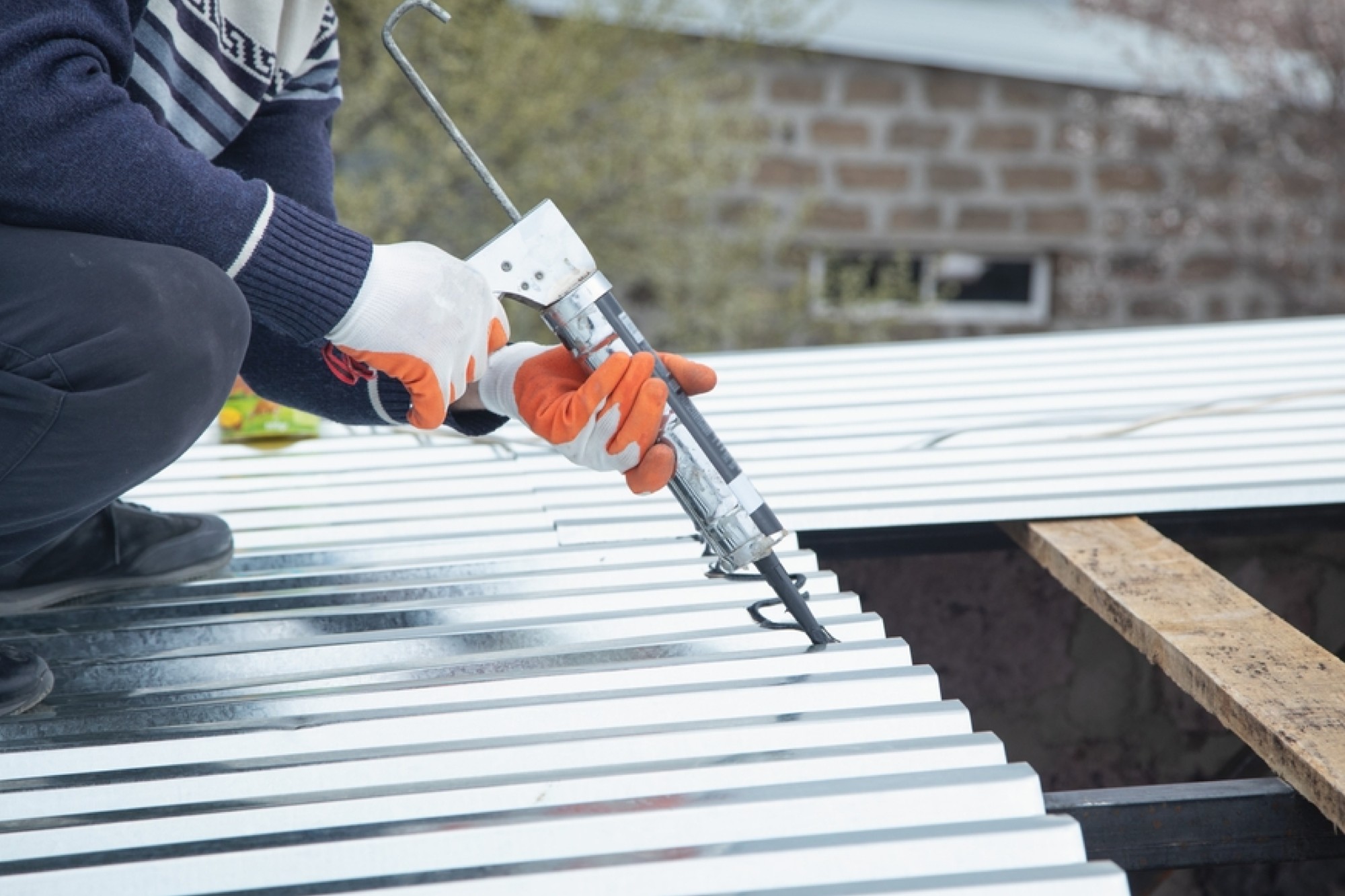


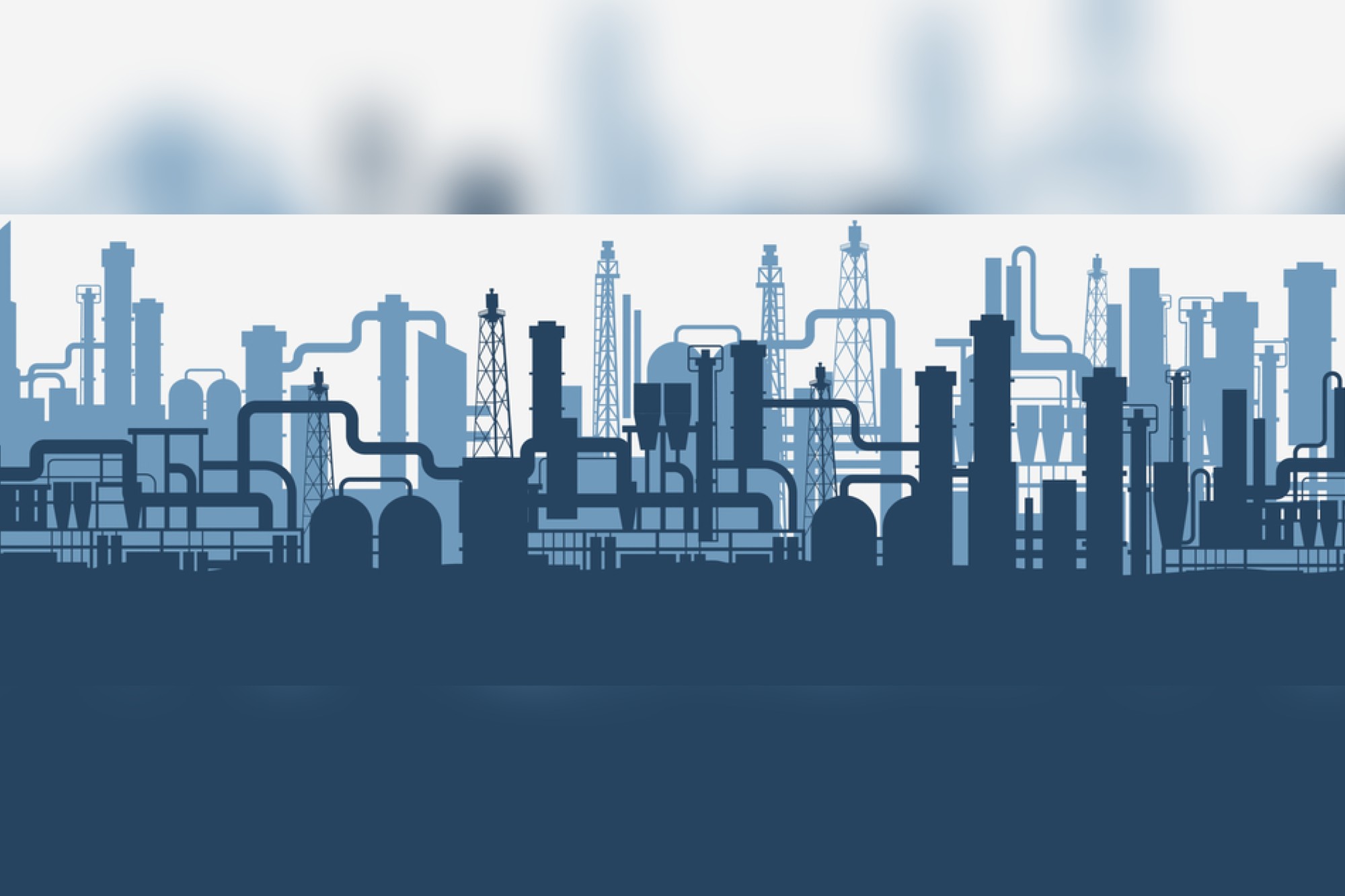
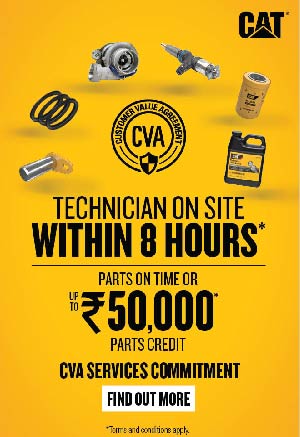
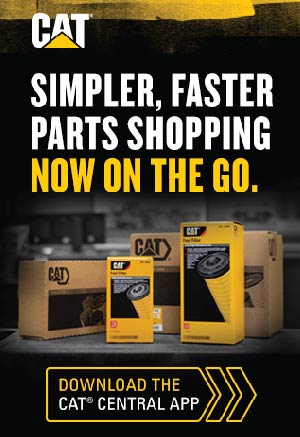
























-20240213125207.png)

























